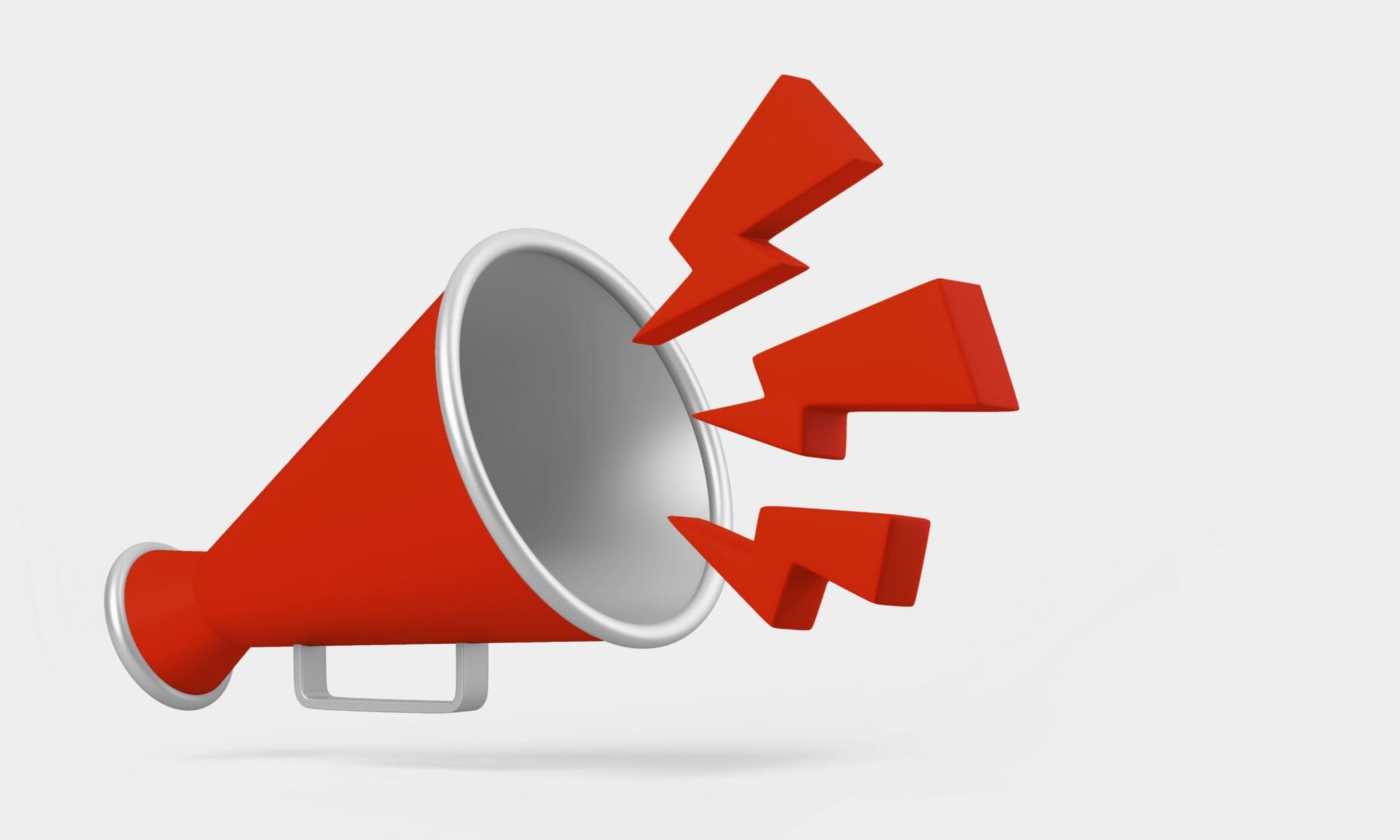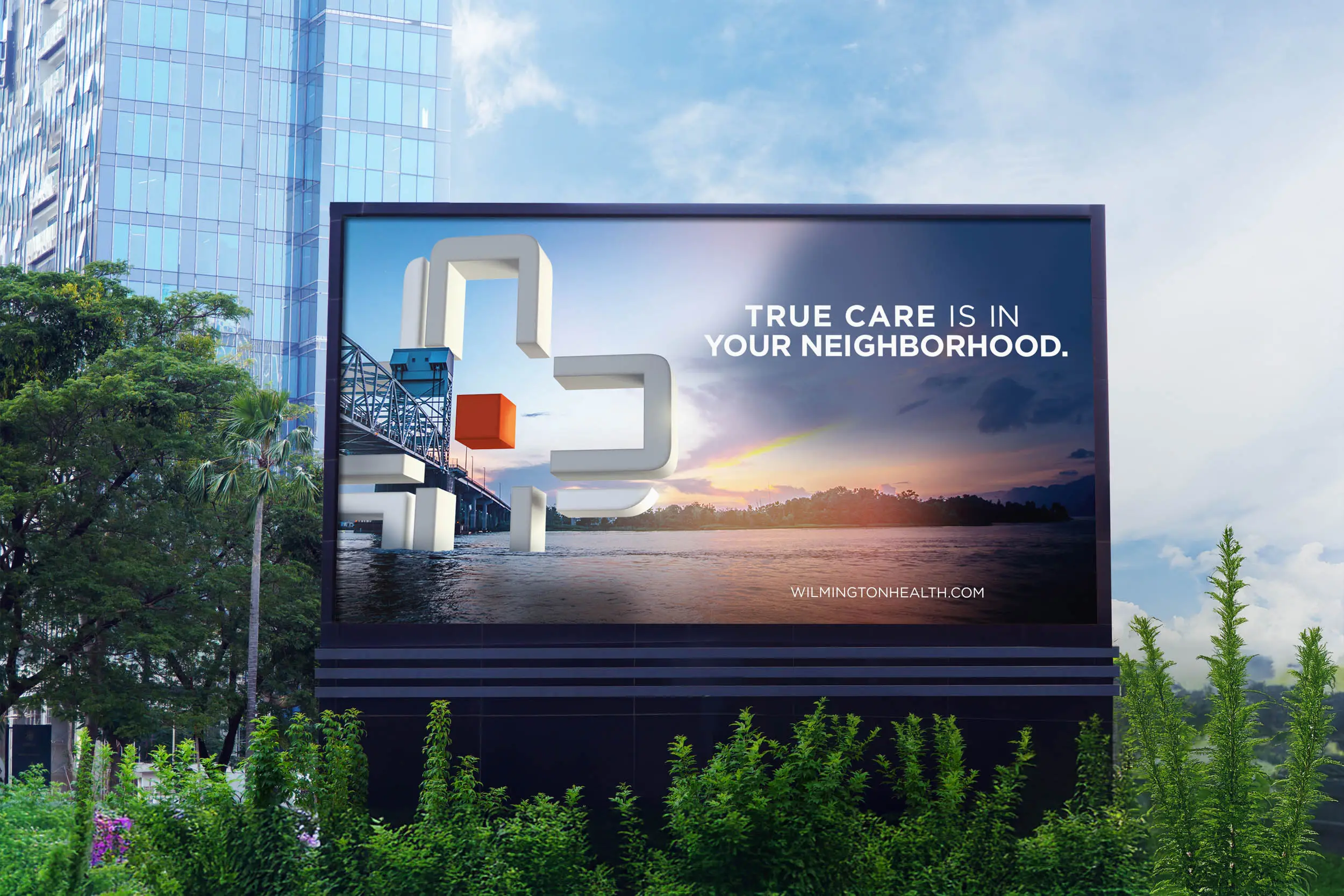
In the era of real-time news, crises can take place — and take airwaves by storm — in a matter of minutes. Social media plays a large role in providing this open forum, where company stakeholders (including customers, competitors, and investors) can freely stoke or engage in discourse that feeds a full-blown PR crisis. In too many examples to count, crises can begin with a single negative comment on a public forum that spreads out of control and ultimately lands a brand in hot water.
But the Wild Wild West that social media presents doesn’t always have to be a crisis ground zero. In fact, when used properly and efficiently, there’s no better tool than social media to curb a crisis on the cusp. For this reason, it’s more important than ever that public relations and social media teams work in sync to provide organizations with proactive and highly coordinated crisis communications support. Working together, these teams harness a unique power to stop a crisis before it starts. Below are a few ways PR and social media can form a crisis comms dream team:
1. Read from the same page.
We associate PR with traditional media monitoring and social media with following trending conversations and mentions — and in both cases, usually teams are watching for conversation about the brand, its competitors, and very generally the industry it serves. Both modes of measurement are equally important when tracking potentially crisis-inducing dialogue happening online, and the effectiveness of each method is only amplified when both teams are tracking the same hyper-specific queries, and collecting and sharing new “track-worthy” information in real time. To ensure each team is already up to speed when it matters most, PR and social media should set up and continually update compatible filters that track emerging topics, hot-button issues, competitors, key words, and other indicators that a crisis-bound dialogue may be happening. That is the case however they may appear on various platforms, from hashtags on social media to boolean searches on media monitoring software and Google News.
2. Speak from the same script.
Whether releasing an official statement to media or responding to a pot-stirring comment on a brand’s social media page, PR and social media pros should coordinate to ensure their messages read and feel compatible before hitting send or post on a message. It might sound like a lot of work to achieve — but the good news is that much of this can be accomplished through planning. As part of a comprehensive crisis communications plan, PR and social media teams should develop and regularly reference a Common Questions & Issues list that provides both a media-friendly and social media-friendly version of canned statements for pre-identified topics. Examples include common customer service issues, troubleshooting, product or brand misconceptions, and opportunities to educate. Opportunities to message on unscripted topics will always arise, but a document like this provides a solid foundation.
3. Create a hub.
PR and social media teams should identify among themselves a short list of those who will be “in the room” with company leadership when a major crisis arises. This will ensure PR and social media pros will have top-line information at the onset, and can begin considering tactful next steps as soon as possible. This hub will then be responsible for communicating the course of action to colleagues and, ultimately, throughout the organization and the public when appropriate. In regular times, this same hub will provide a direct line to leadership, keeping them apprised of new issues, events, or conversation topics that are rising in relevance and worth watching for a future crisis.
4. Create a filter.
Not everything is a crisis, but especially on social media and in a 24-hour, tabloid news cycle where anything can be spun as “news,” sometimes the truth is hard to discern. PR and social media teams can be the gatekeepers in determining what’s worth the fuss — or, to be more specific, what warrants a reply-comment or other engagement on social media; or what warrants an official statement or press release. Often, no response can be just an effective means of diffusing a crisis as a perfectly-worded statement — but brands need PR and social media pros to help make those calls.
5. Expect the unexpected.
Planning is key and very important, but as we’ve been reminded in the COVID era, crises can pop up out of nowhere, without the slightest hints of yellow flags having steered us to prepare. With this in mind, it’s important to hire and support PR and social media professionals who are nimble and ready to perform under pressure — and sometimes from a blank slate. A great team can provide insulation before a crisis rears its head, but that great team will be worth its weight in gold when it navigates your brand through unforeseen circumstances that might have otherwise wreaked irreparable consequences.
Especially in the fast-moving media landscape of the 21st century, a nimble and well-coordinated crisis-communications plan can mean the difference between a potential crisis blowing up and fizzling out. Consider taking the steps outlined above to ensure that your brand’s PR and social media teams are prepared to navigate any situation that may arise — and to keep potential crises in check.
Could your brand use the help of a team of seasoned marketing professionals to maximize the effectiveness of its PR and social media efforts — both for crisis response and brand growth? At The Brandon Agency, our team of certified brand strategists and data-driven marketing experts has a wealth of experience helping brands make the most of their PR and social media assets. To get started with help ranging from a simple website analysis to a comprehensive strategy tailored to boost the performance of all of your marketing campaigns, contact us today.
By subscribing to our newsletter, you agree to our Privacy Policy.




